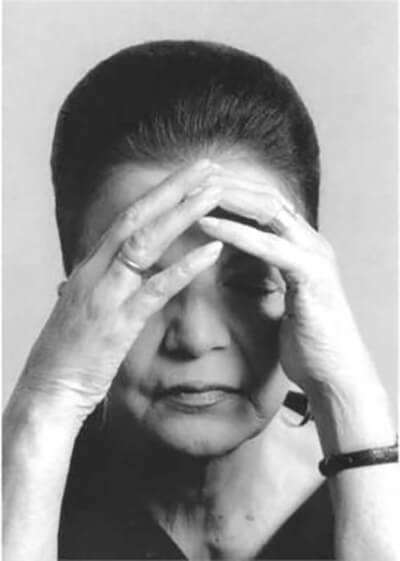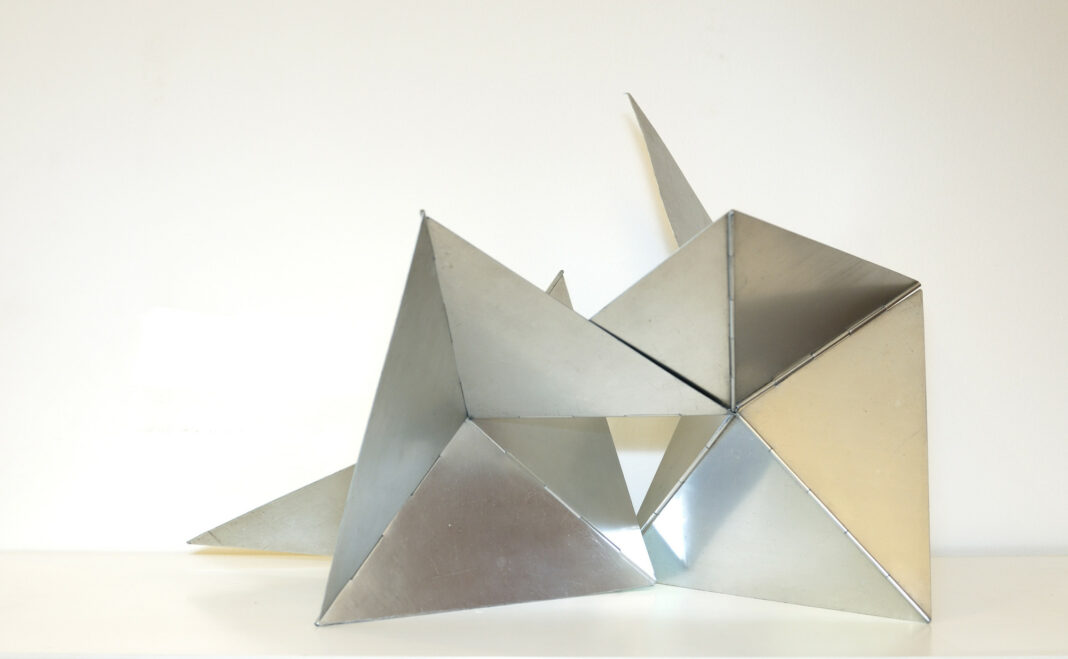Lygia Clark: The Poetic Alchemist of Brazilian Art
NEO-CONCRETE ART MOVEMENTE
In the tapestry of Brazil’s rich artistic heritage, the name Lygia Clark shines as a beacon of innovation and poetic expression. Born in 1920 in the coastal city of Belo Horizonte, Clark’s artistic journey was one of constant reinvention, a relentless pursuit of new forms and mediums that challenged the boundaries of art itself.

Clark’s early works, rooted in the European avant-garde movements of the early 20th century, displayed a mastery of geometric abstraction and a profound understanding of form and color. Her paintings from this period were striking in their simplicity, yet they harbored a depth of emotion and a subtle complexity that belied their minimalist aesthetic.
It was in the 1960s, however, that Clark’s art took a radical turn, propelling her into the vanguard of the Brazilian avant-garde. Dissatisfied with the constraints of traditional painting and sculpture, she began to explore new territories, blurring the lines between art and life, and inviting viewers to become active participants in the creative process.
Her “Bichos” series, comprised of hinged metal sculptures that could be manipulated and rearranged, challenged the very notion of art as a static, unchanging entity. These kinetic works invited viewers to engage with the sculptures, to explore their infinite permutations, and to experience the act of creation as a dynamic, ever-evolving process.
But Clark’s innovations didn’t stop there. In the late 1960s, she delved into the realm of “sensorial objects,” creating interactive installations that engaged all five senses. Her “Caminhando” (Walking) invited participants to remove their shoes and walk through a path lined with various textures and materials, awakening their sense of touch and redefining the boundaries of artistic experience.
Clark’s most celebrated works, however, were her “Estruturação do Self” (Structuring the Self) series, in which she explored the profound connections between art, psychology, and human experience. These participatory performances and installations were designed to facilitate self-discovery and emotional catharsis, challenging participants to confront their inner selves and embrace the transformative power of artistic expression.
Throughout her career, Clark remained a tireless explorer, constantly pushing the boundaries of her craft and defying the conventions of the art world. Her works were not merely aesthetic exercises but rather poetic investigations into the very nature of human existence, inviting viewers to engage with art on a deeply personal and intimate level.
Today, Lygia Clark’s legacy resonates across the globe, inspiring generations of artists to embrace experimentation and to challenge the boundaries of their medium. Her works stand as a testament to the boundless potential of the human spirit, a reminder that art can transcend the physical realm and touch the very depths of our being.
In the annals of Brazilian art, Lygia Clark remains a singular force, a poetic alchemist who transmuted the raw materials of life into profound works of beauty and self-discovery. Her vision continues to inspire, inviting us to embark on our own journeys of creative exploration and to experience the world anew through the lens of her boundless imagination.













